Many photographers love abstract photography. And why not? Subjects are everywhere and almost demand capture. In fact, you may well have your own favorite subjects that you can’t not shoot. Like:
- Wall graffiti/murals
- Signs/posters
- Store windows
- Museum/gallery exhibits
- Brick/paver patterns
- Bathroom tiles
- Architectural details
- Manhole covers
- Vehicle details
- Light fixtures/effects
- Shadows
- Landscape elements
- Super-macros
- Close crops into other artworks
What are “Abstracts” Anyway?
It could be a mistake to think that “abstract” art is always non-representational. A lot of it is, of course. Jackson Pollock’s paintings, for instance.
Instead, it may be useful to review some of the word’s formal definitions. Here are a few from Webster.com:
- Disassociated from any specific instance
- Difficult to understand
- Insufficiently factual
- Expressing a quality apart from an object
- Having intrinsic form with little or no attempt at pictorial representation or narrative content
- Something that summarizes or concentrates the essentials of a larger thing or things
At their core, they suggest that an “abstract” anything has something unexplained, omitted or removed. I mentioned this to my wife Kate… who’s also interested in art of all kinds. She thought for a moment and added: “… which leaves space for viewer imaginations to fill.”
Applying to Photography
Photographers have many ways to “abstract” the world… to leave something out for viewer imaginations and creativity to fill in. They include:
- Shooting monochrome, at restricted wavelengths, or in unusual/unnatural lighting
- Framing/cropping into subjects to focus on interesting details or remove wider context
- Capturing subjects that withhold information about themselves (in the above image, do you see what’s missing?… it’s answered below)
- Emphasizing tone, texture, form or structure over total real-world presence
- Grabbing simple graphic representations
- Zooming into the macro realm that’s outside our normal experience
As you view the following photos, ask what they may have “left out” for you to fill in. And do these gaps also make the images more striking, intriguing, dramatic or even mysterious?
For instance, I shot the second set of images below in black-and-white digital infrared. Its unusual tonalities and omission of real-world color often add drama and mystery. The image above goes even further– by failing to explain where its two flights of stairs lead (a mystery I wish I could fill in).
More Examples from Italy
Following are more photos taken during a Road Scholar tour of Italy’s Lake Region. The first ten images below were taken in natural color with my iPhone and Panasonic Lumix DMC ZS-100 (an excellent travel point-and-shoot).
Megalithic burial stones at the “Ötzi the IceMan” exhibit in Bolzano’s South Tyrol Museum of Archaeology. Shooting indoors from a direction that produced this dark background almost eliminated any sense of time and place:
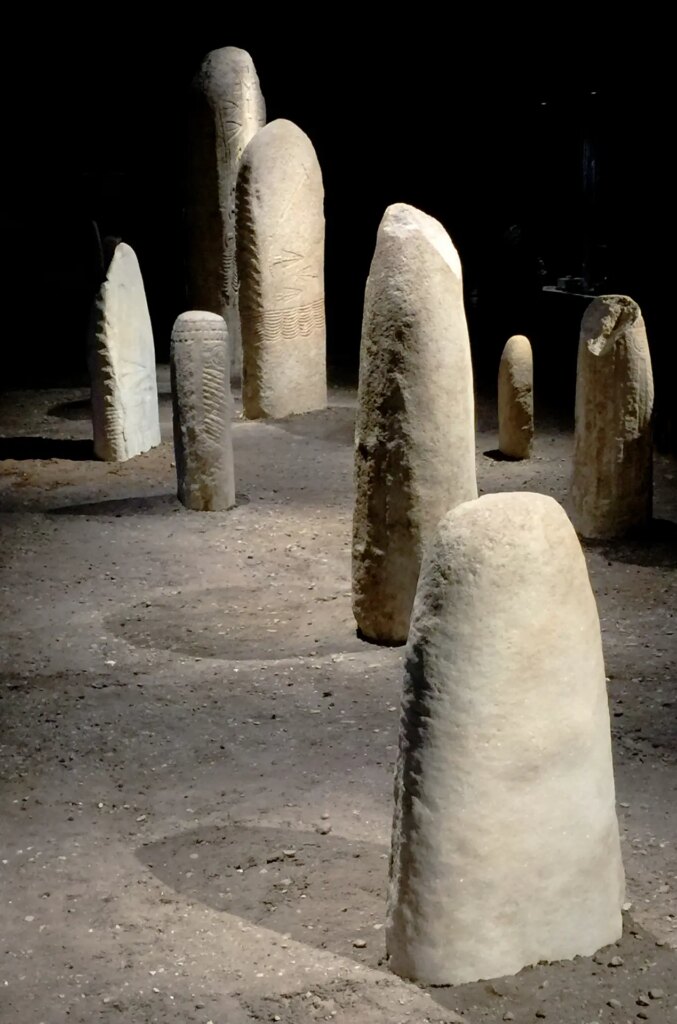
Swirly street-paver geometry:
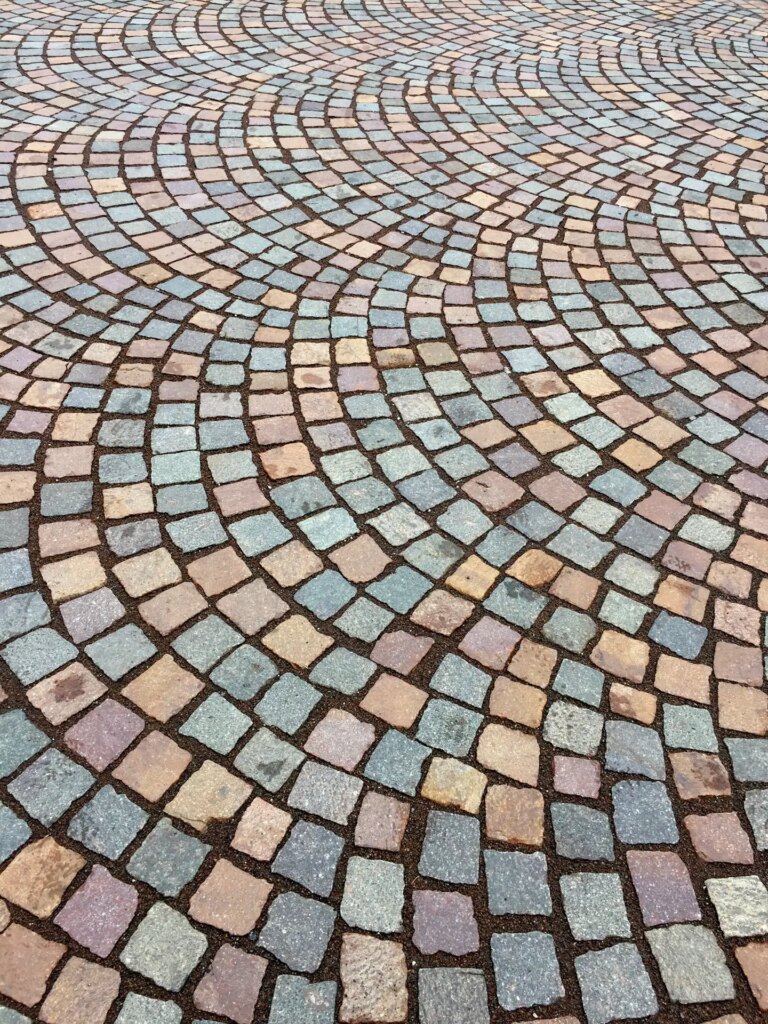
Faces in the grass at Malcesine’s Scaliger Castle:
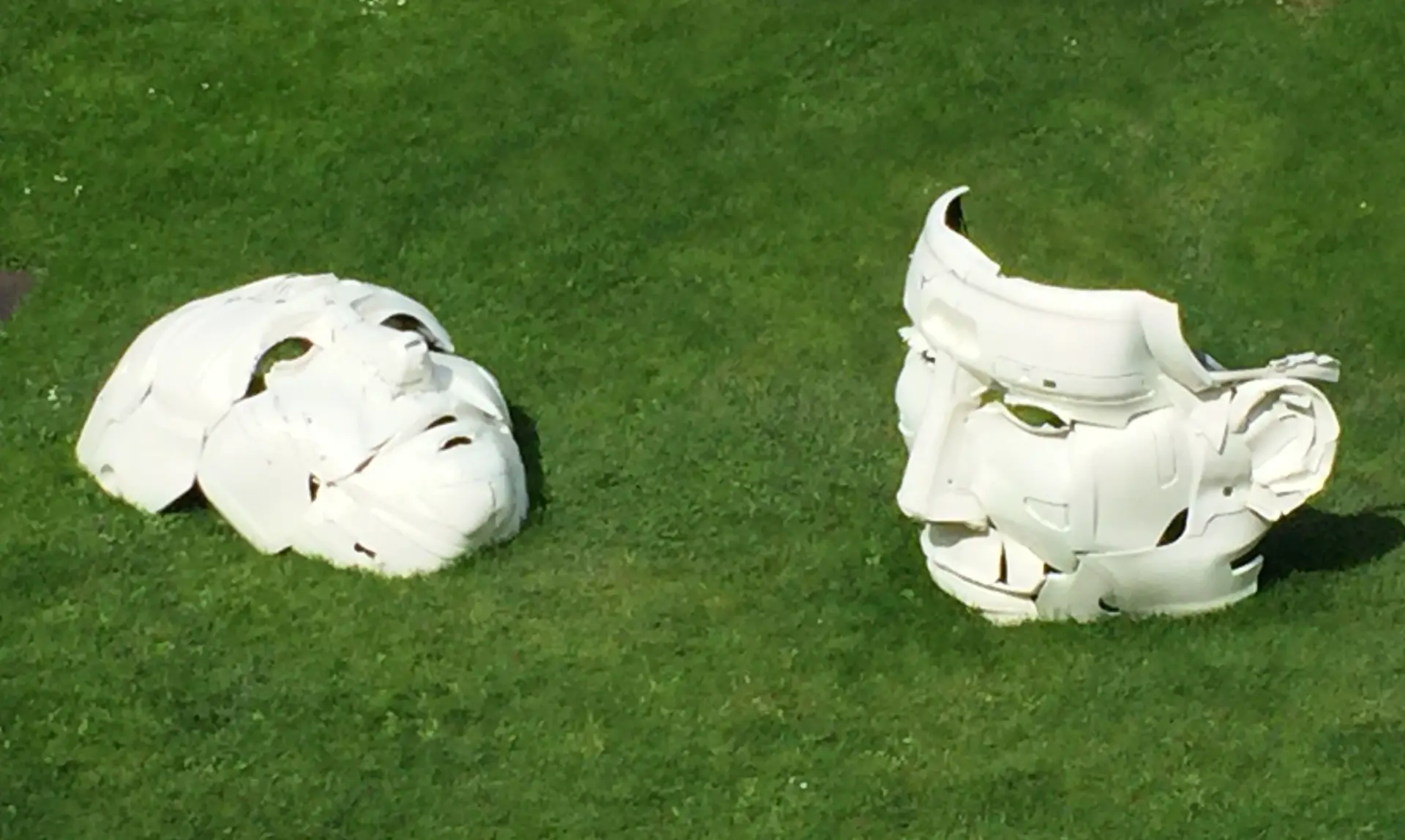
Um… OK… I won’t:
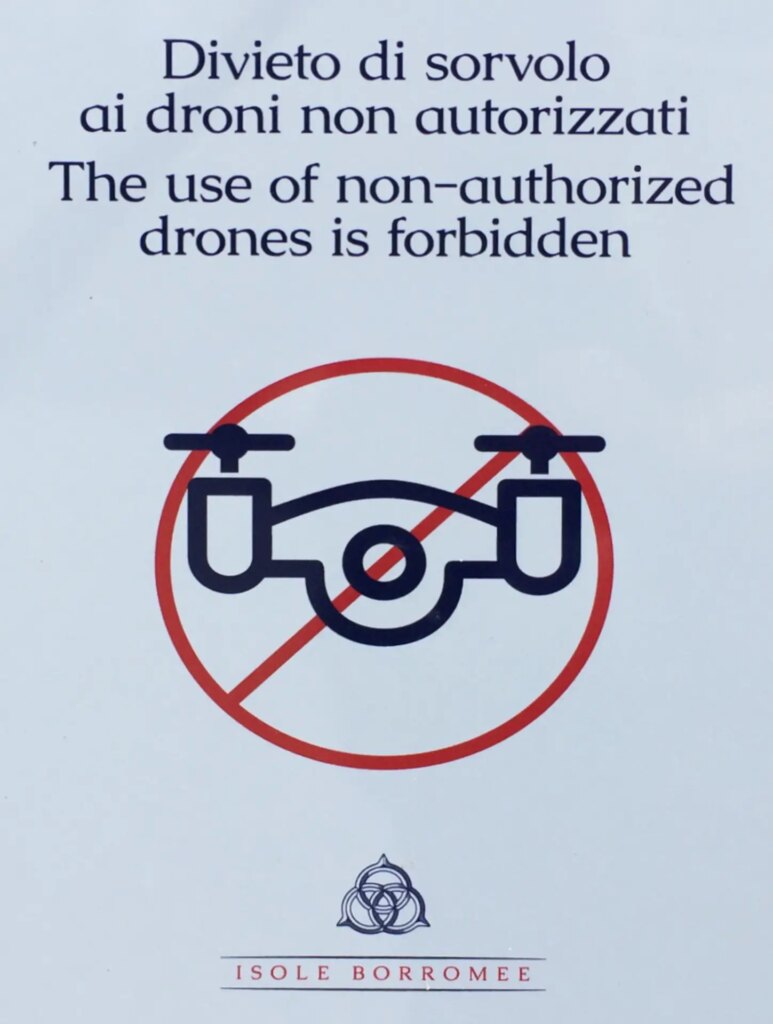
We were pretty sure we didn’t need whatever this store was selling:
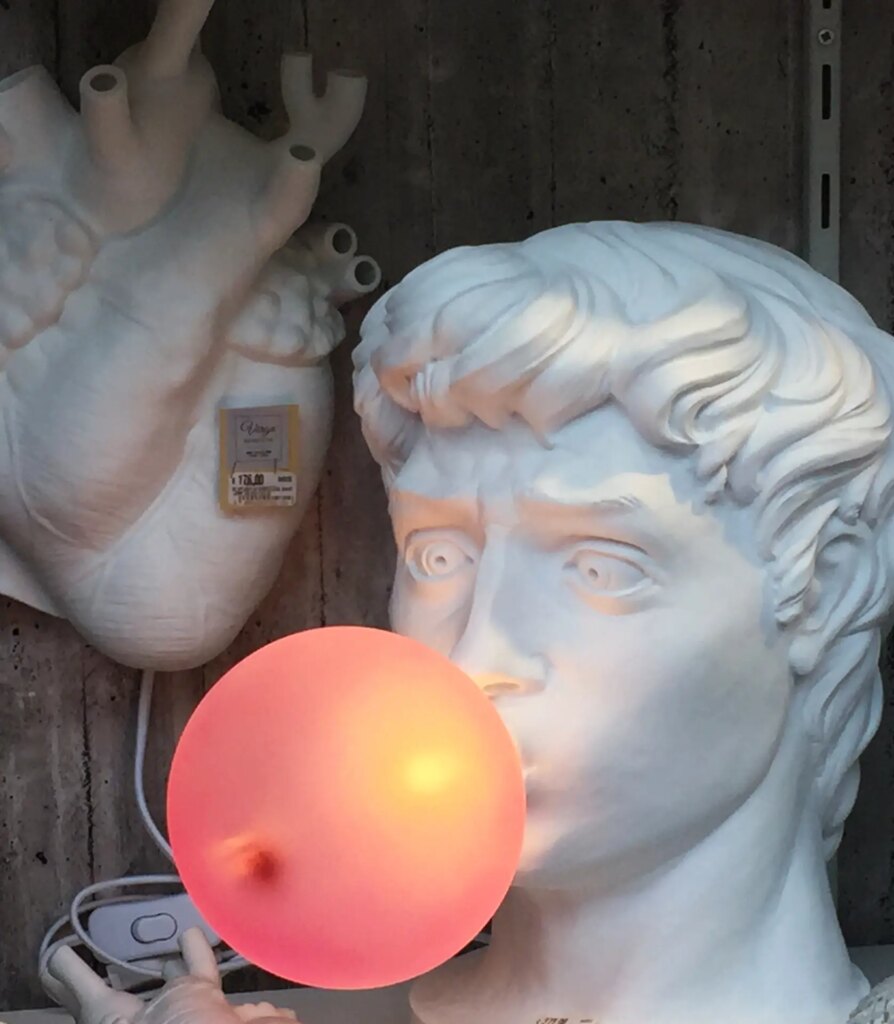
Moody late-night light, shadows and colors in our hotel lobby:
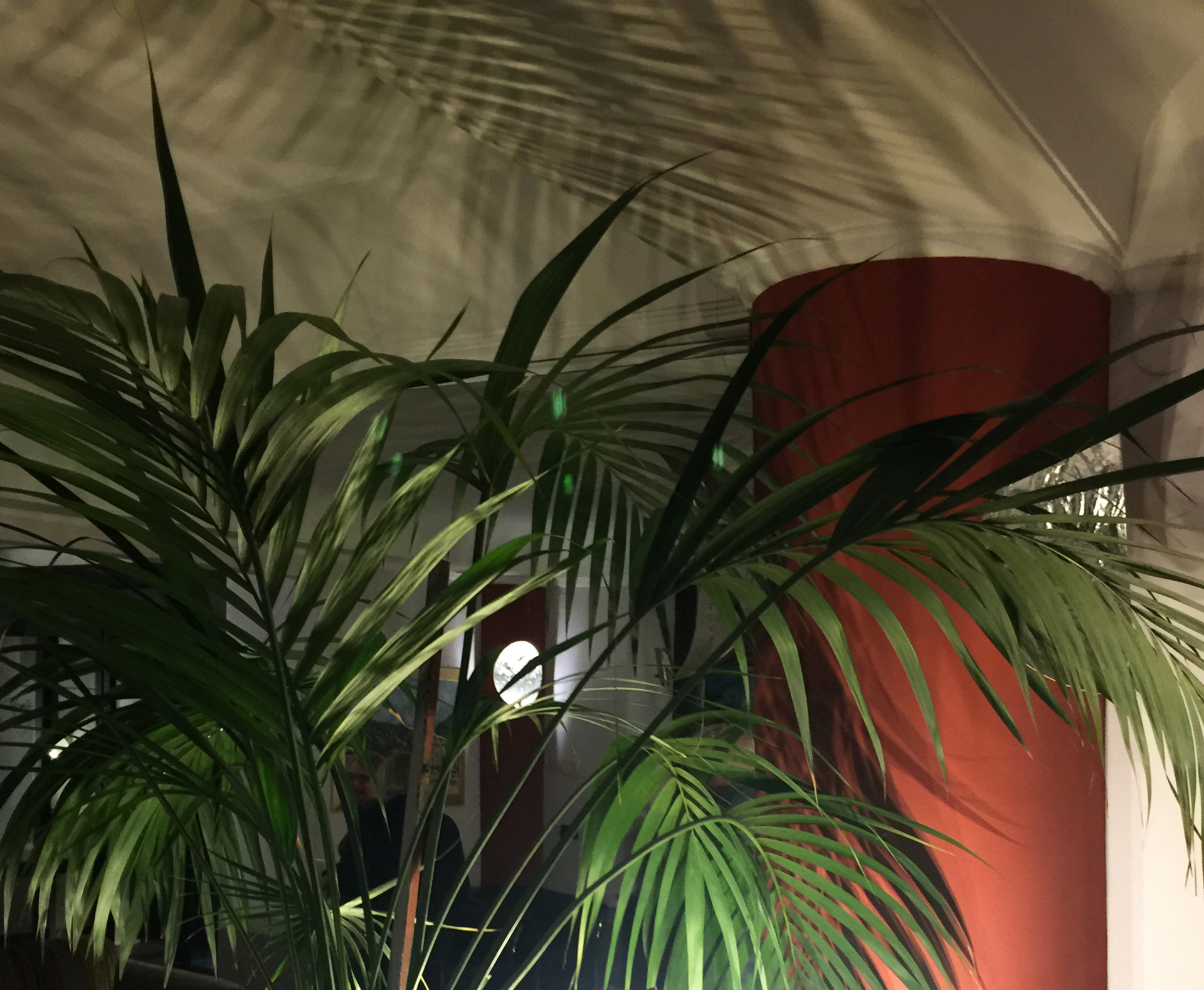
Surprising ceiling detail in a roadside movie theater/convenience store. (I later cropped out the bottom third and rotated what remained 90-degrees counterclockwise into an even more abstracted image titled “Sol and Desert Dunes.”):
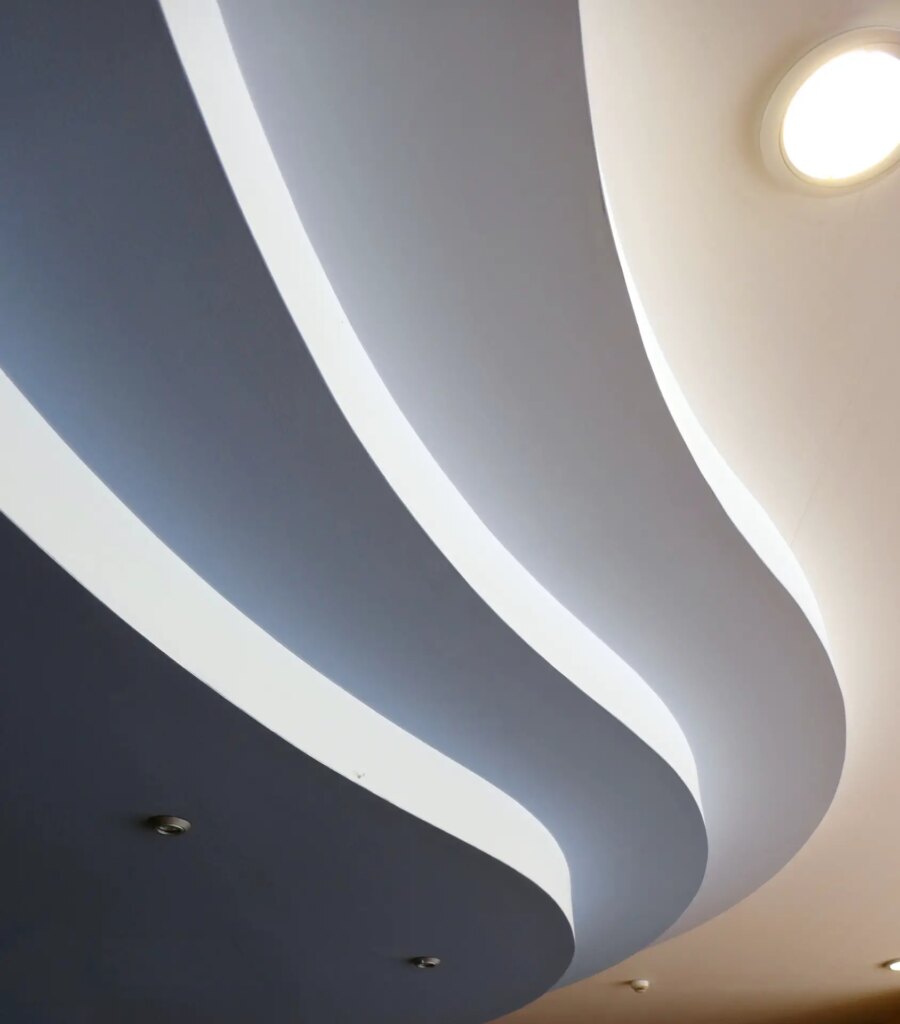
A tiny wall painting in Como’s Metropole Suisse Hotel. Some important information is lacking here: What is the little putto angel riding? Why sidesaddle? And why did the artist paint them in such different styles? We are left to ponder unexplained things:
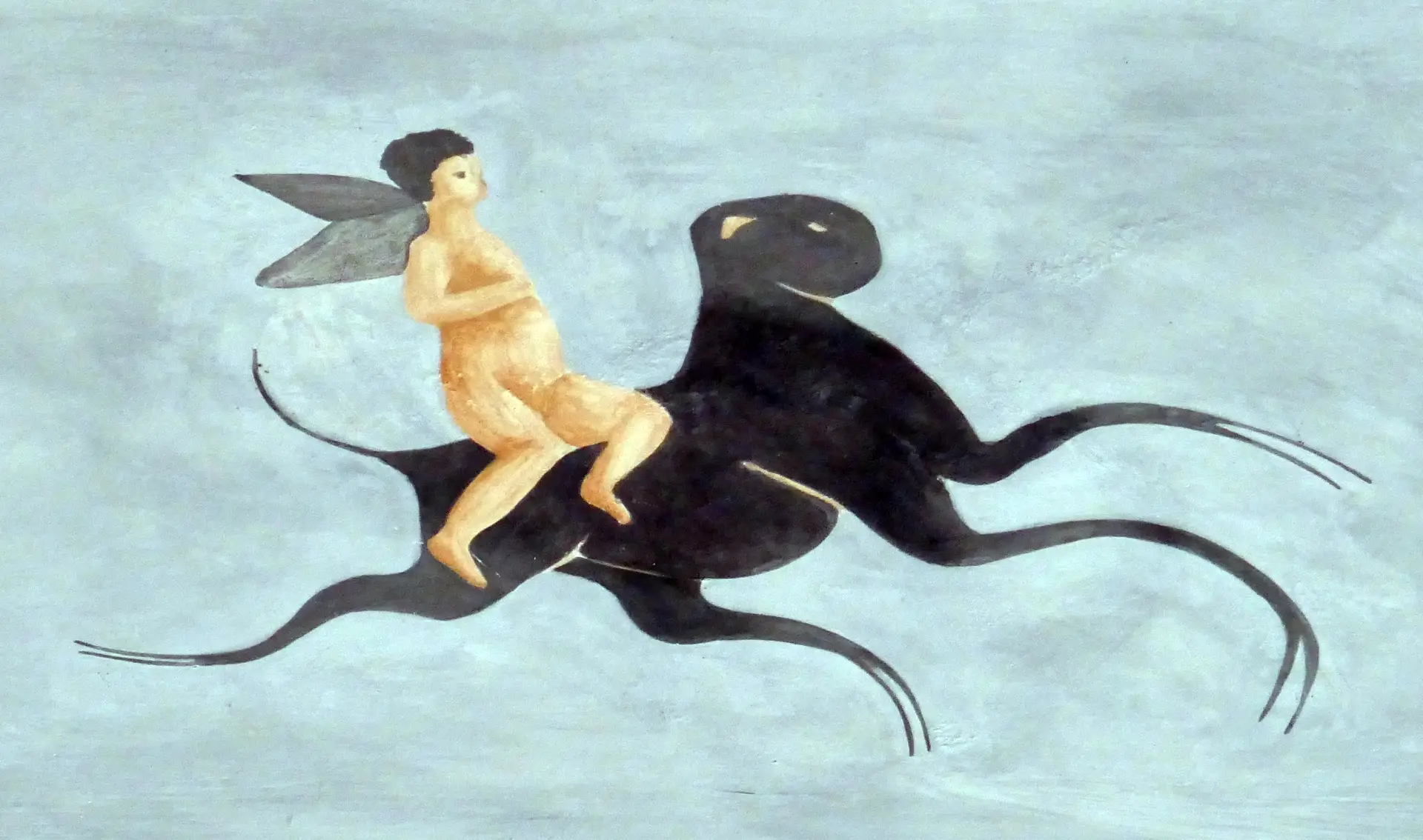
Old wall detail:
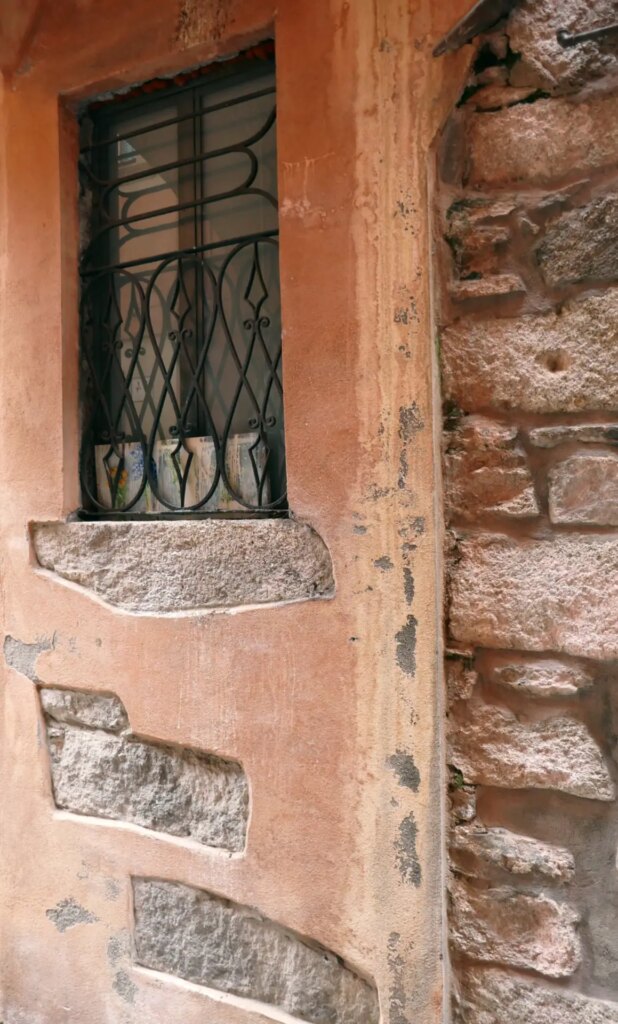
“Faux marble” painted plaster in Lake Como’s Villa Olmo:
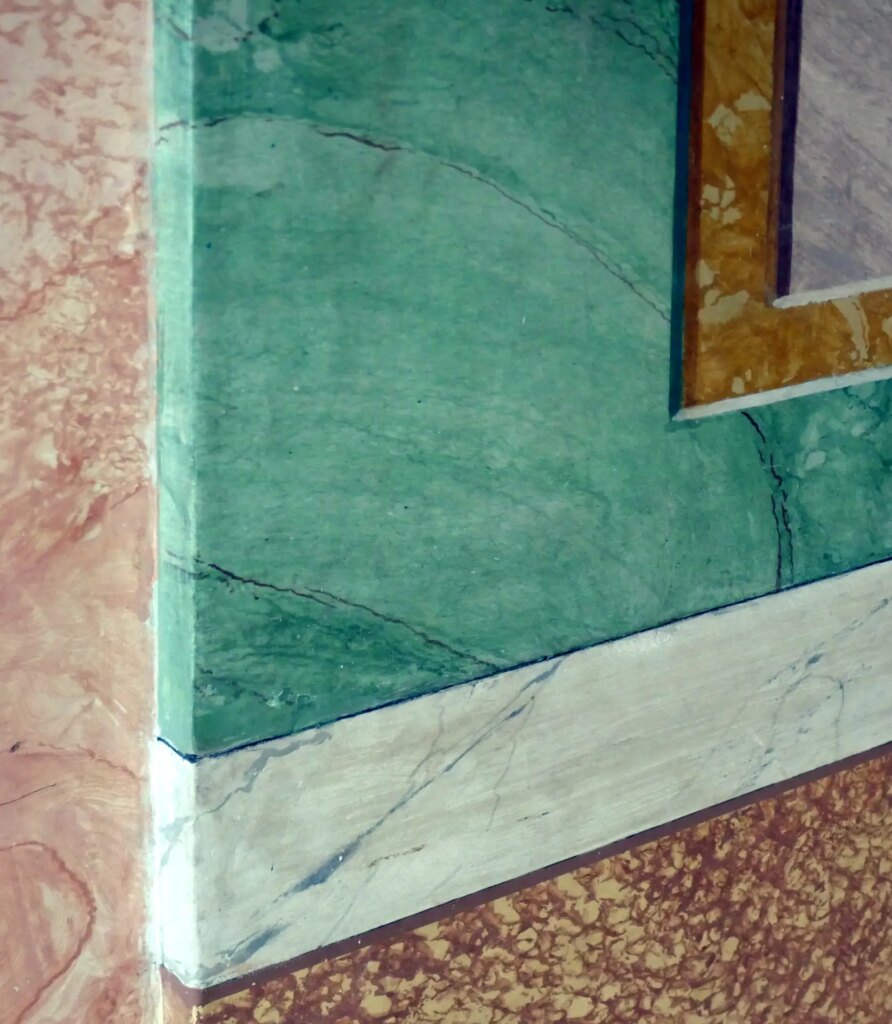
And Into the IR
I captured the following nine images in minimalist black-and-white with the Lumix DMC ZS-3 that I converted to digital infrared for this article.
But first, the infrared photo at the top of this article captured a private courtyard’s ornamental gate… backlit by the infrared “chlorophyll glow” from plants. (The scene didn’t look nearly as dramatic in realistic visible light.)
Next, we see our tour group walking under a similarly IR-backlit wisteria arbor. The chlorophyll glow dramatically highlights and “abstracts” both natural and man-made structures:
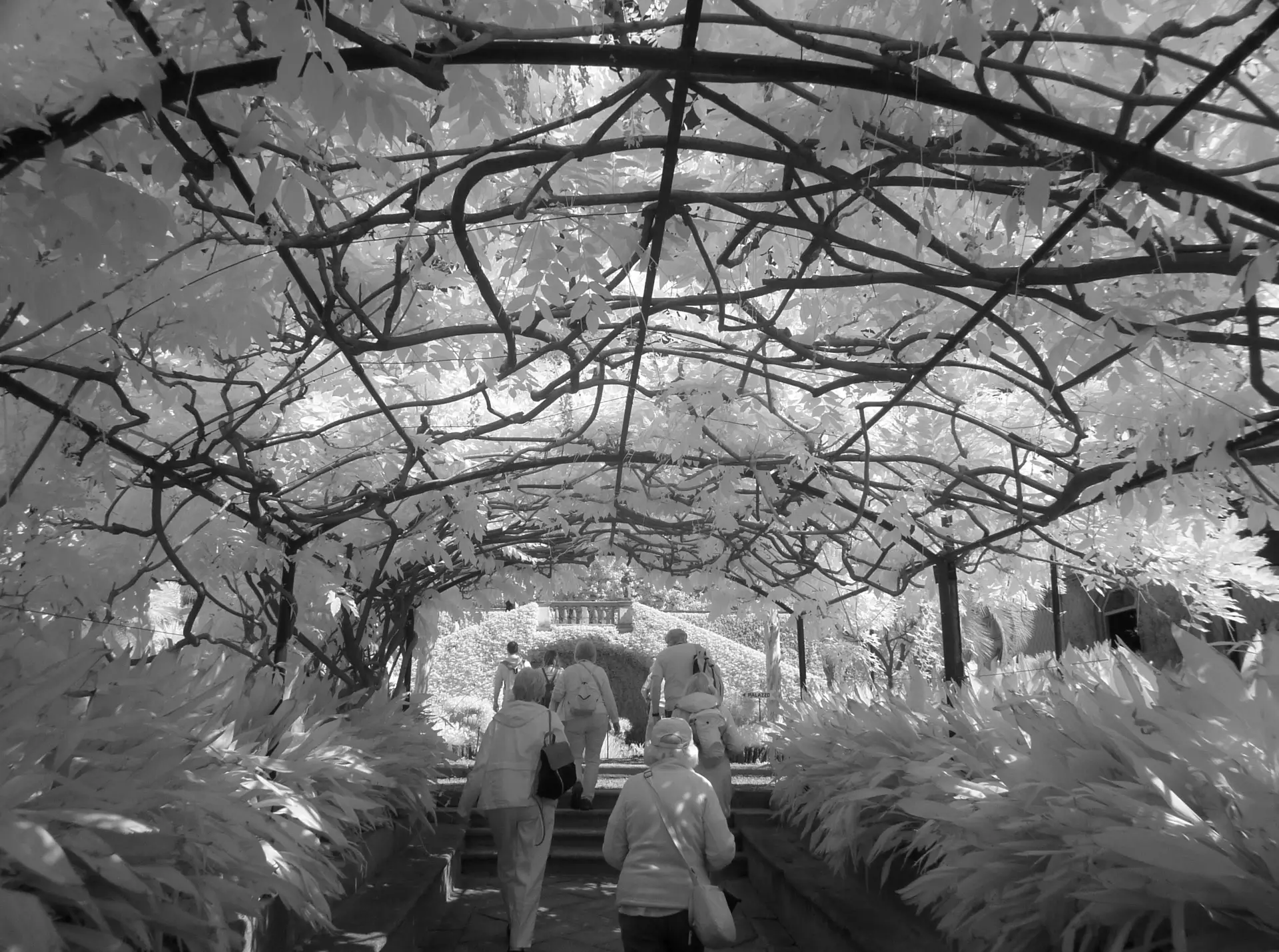
An IR-backlit bike:
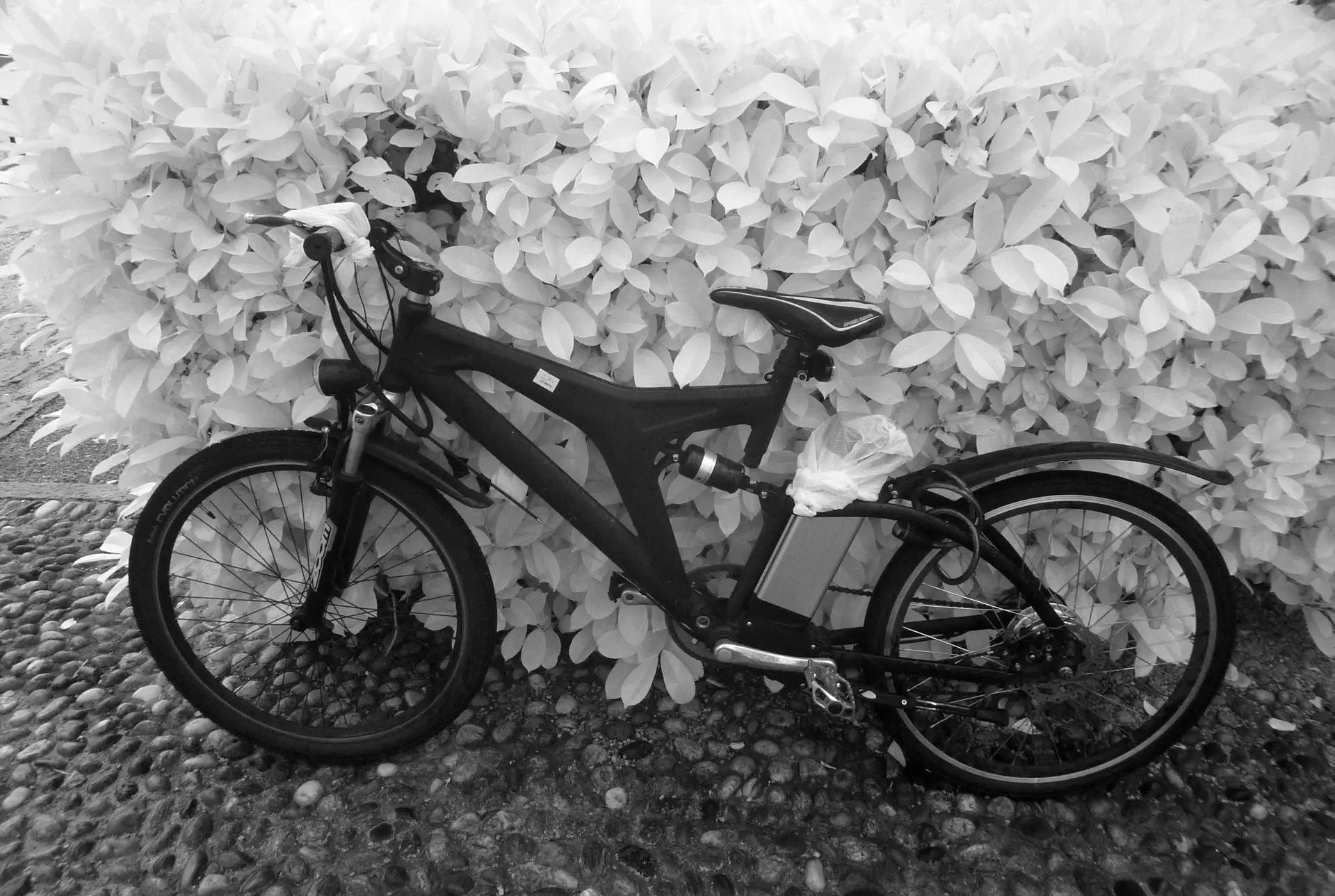
Looking up a palm tree (not very far from the Dolomites and Alps!):
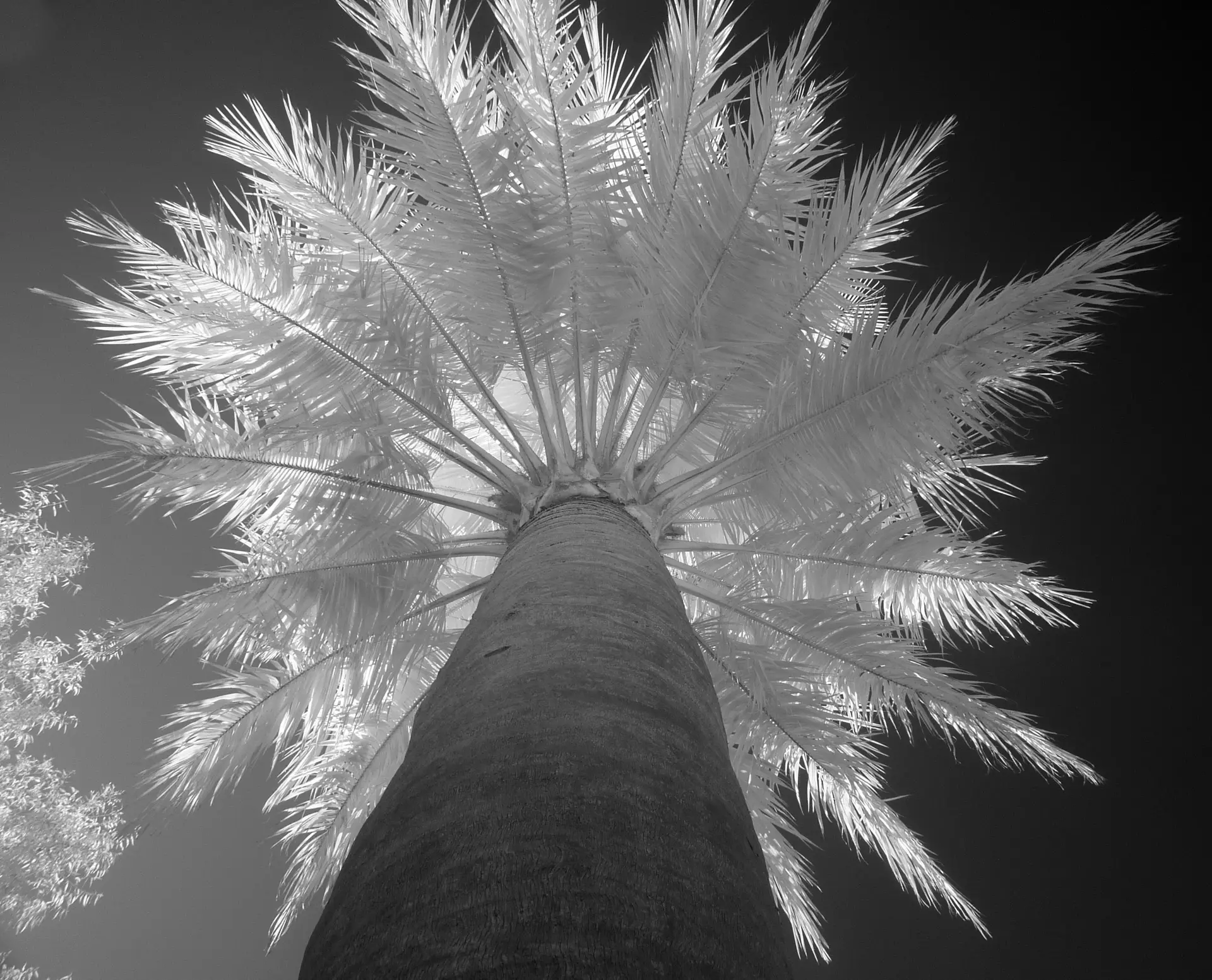
And through palm leaves cascading over water:
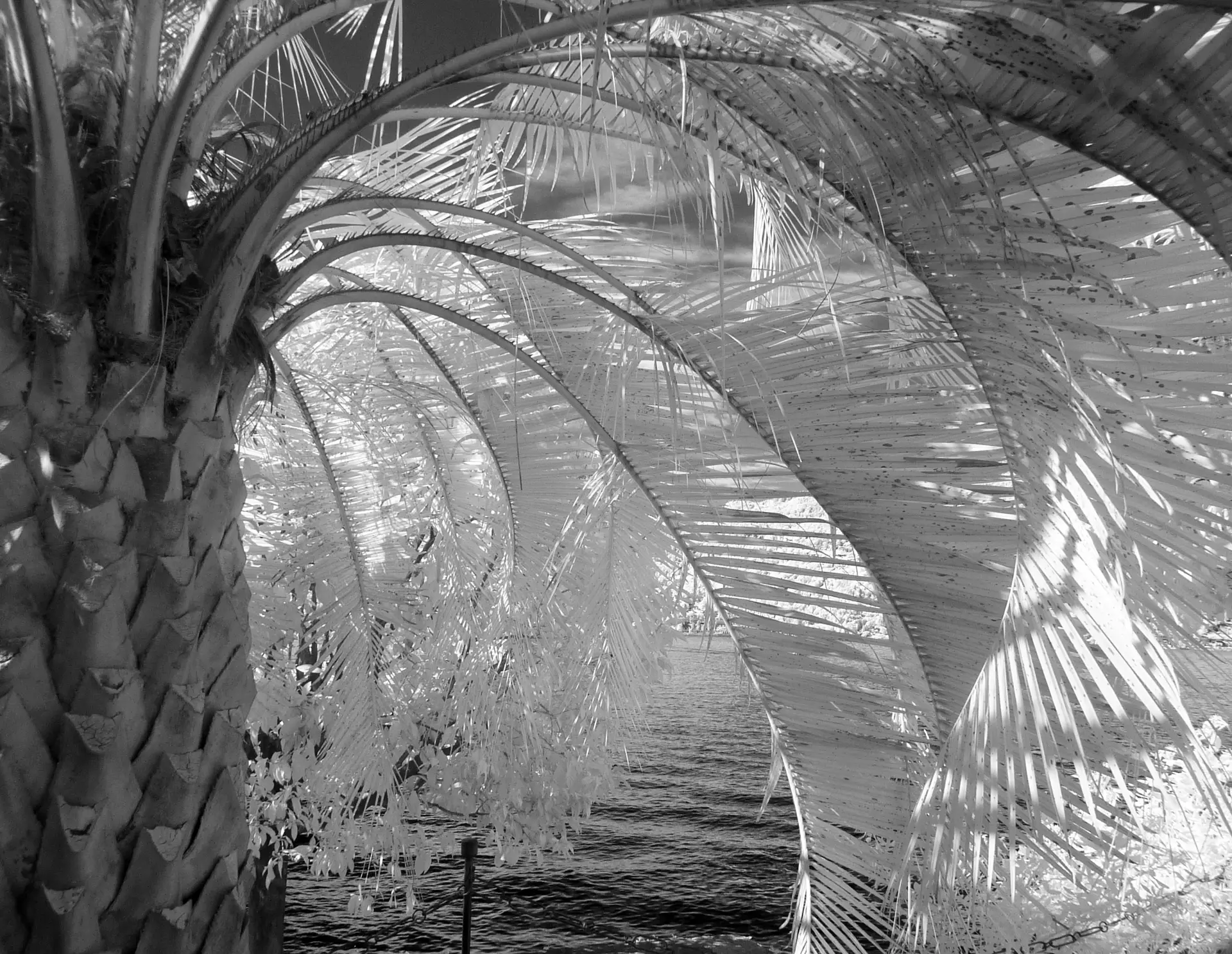
Shadows too:
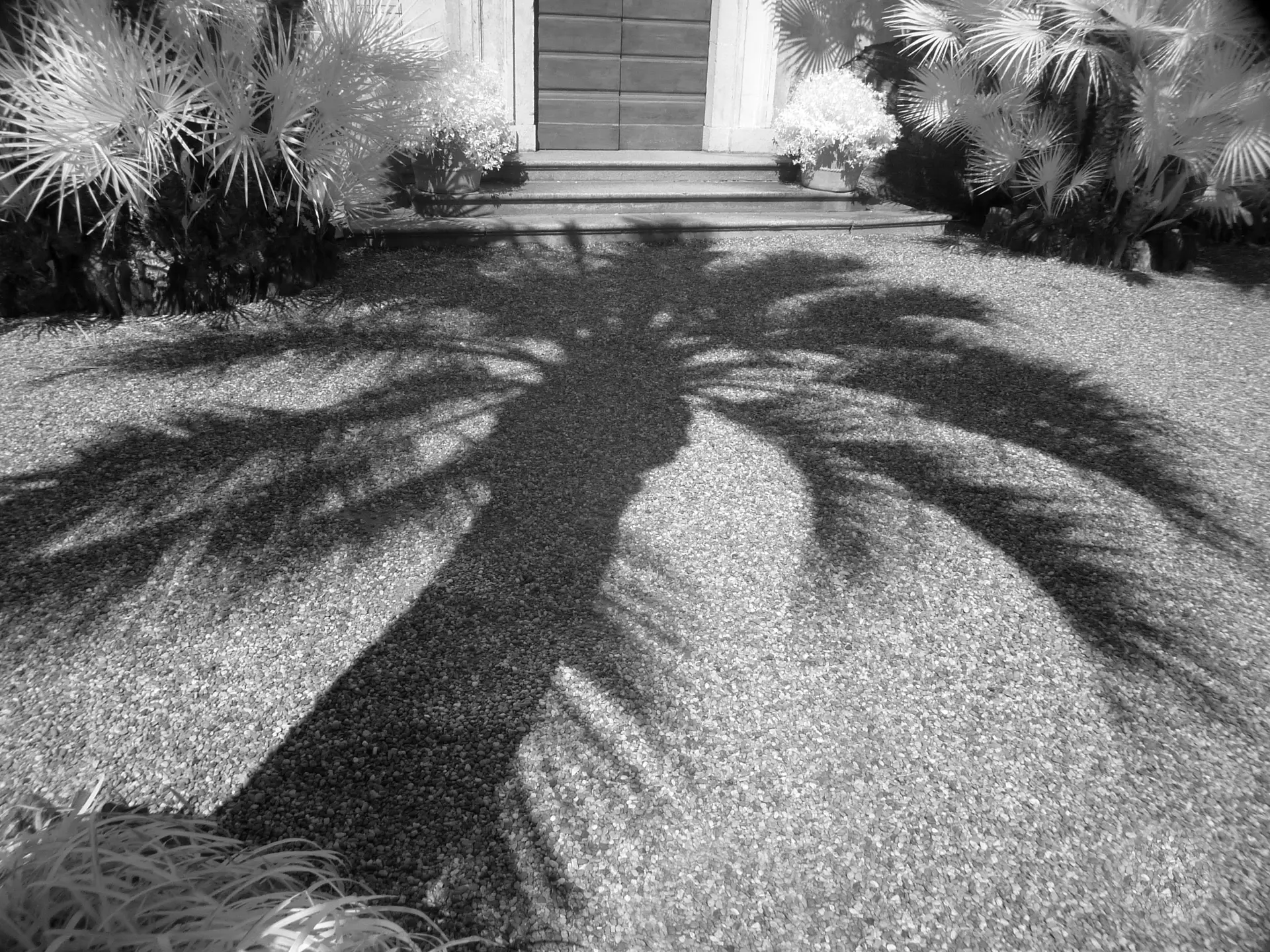
And architecture. This 900-foot war memorial is part of Como, Italy’s Rationalist Architecture Tour. Locally known as the Monumento ai Caduti, it was built to memorialize local citizens who died in World War 1… and bears an inscription that translates:“Tonight we’ll sleep in Trieste, or in heaven with the heroes.” Overlooking Lake Como, this Brutalist building was adapted from sketches originally intended for a lighthouse:
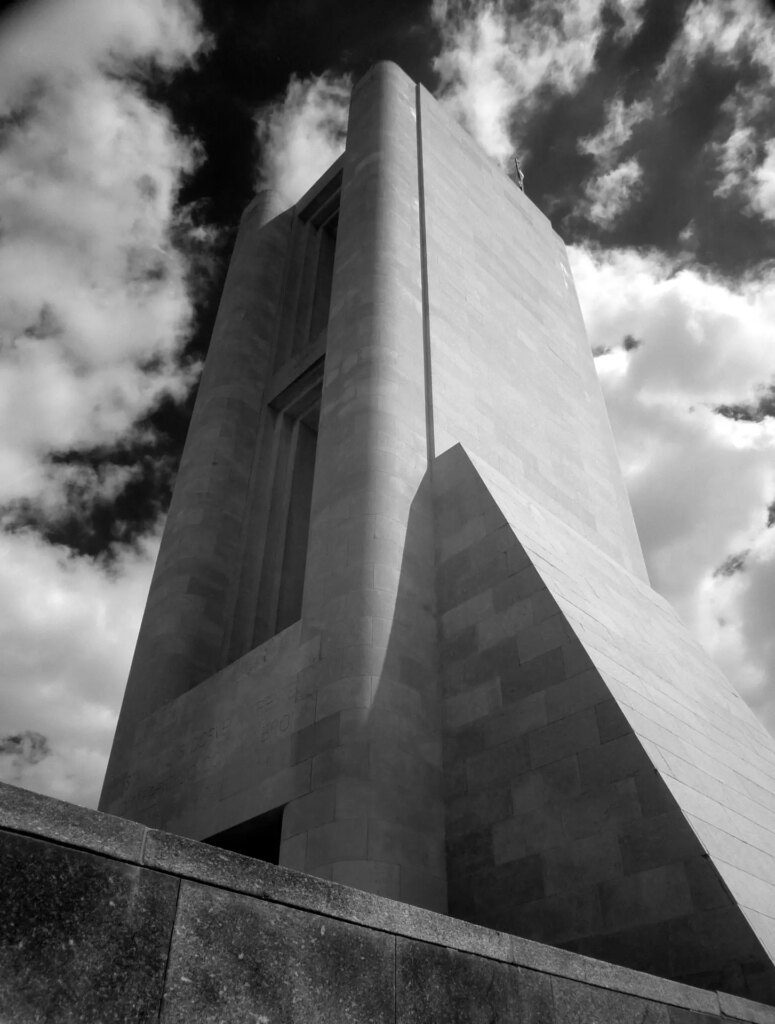
An IR-backlit “faux bois” (false wood) metal fence in Brunate, Italy. More than 2,000 feet above the city of Como, Brunate is reached either by a steep winding road or (more easily) a modern funicular. Black-and-white IR minimized everything except the fence’s geometric structure (which didn’t stand out nearly as well in normal light). Plus, there’s the unanswered mystery of where those stairs go.
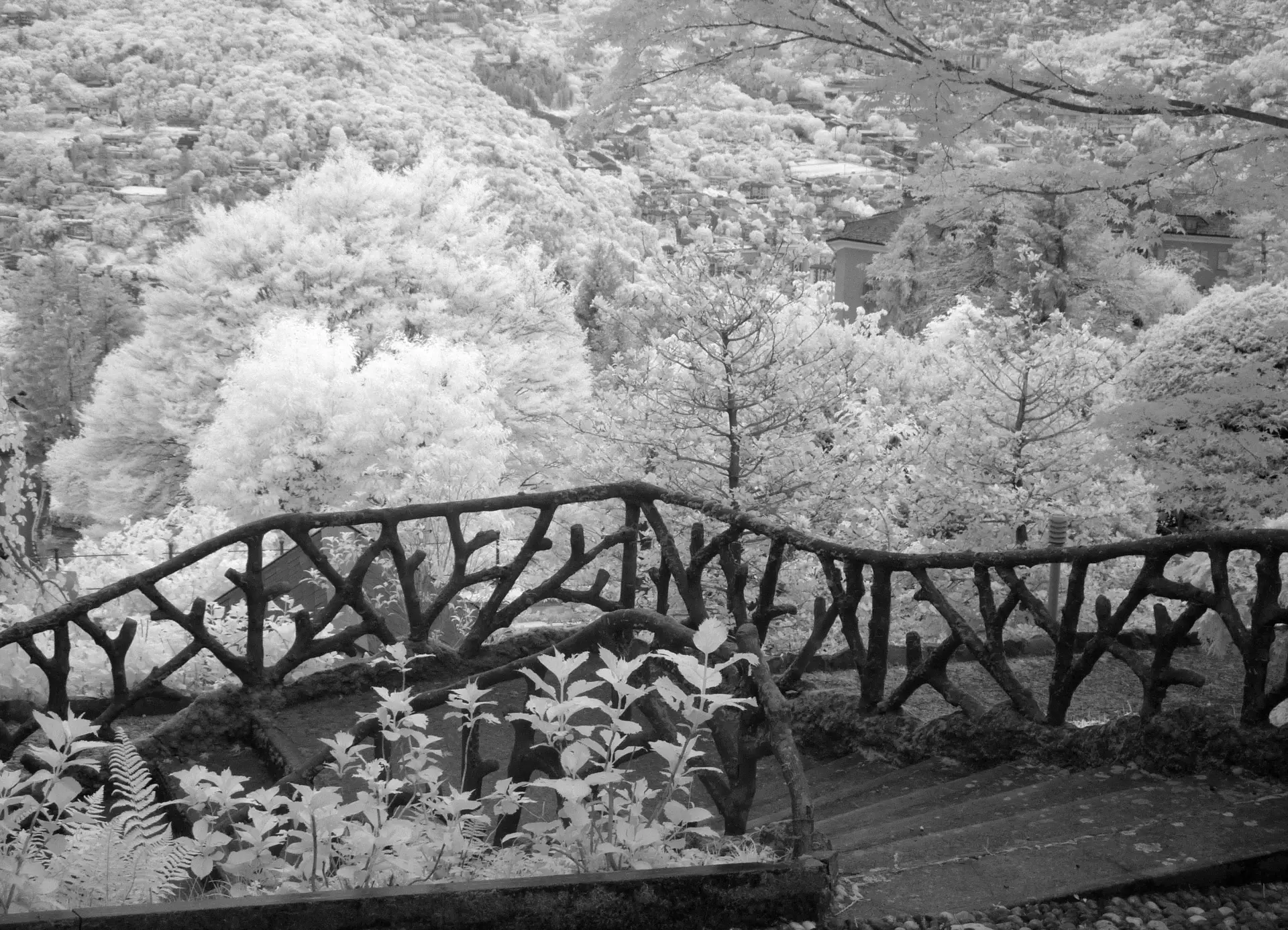
Another backlit pergola. Note again how well infrared can “abstract” structures from their surroundings:
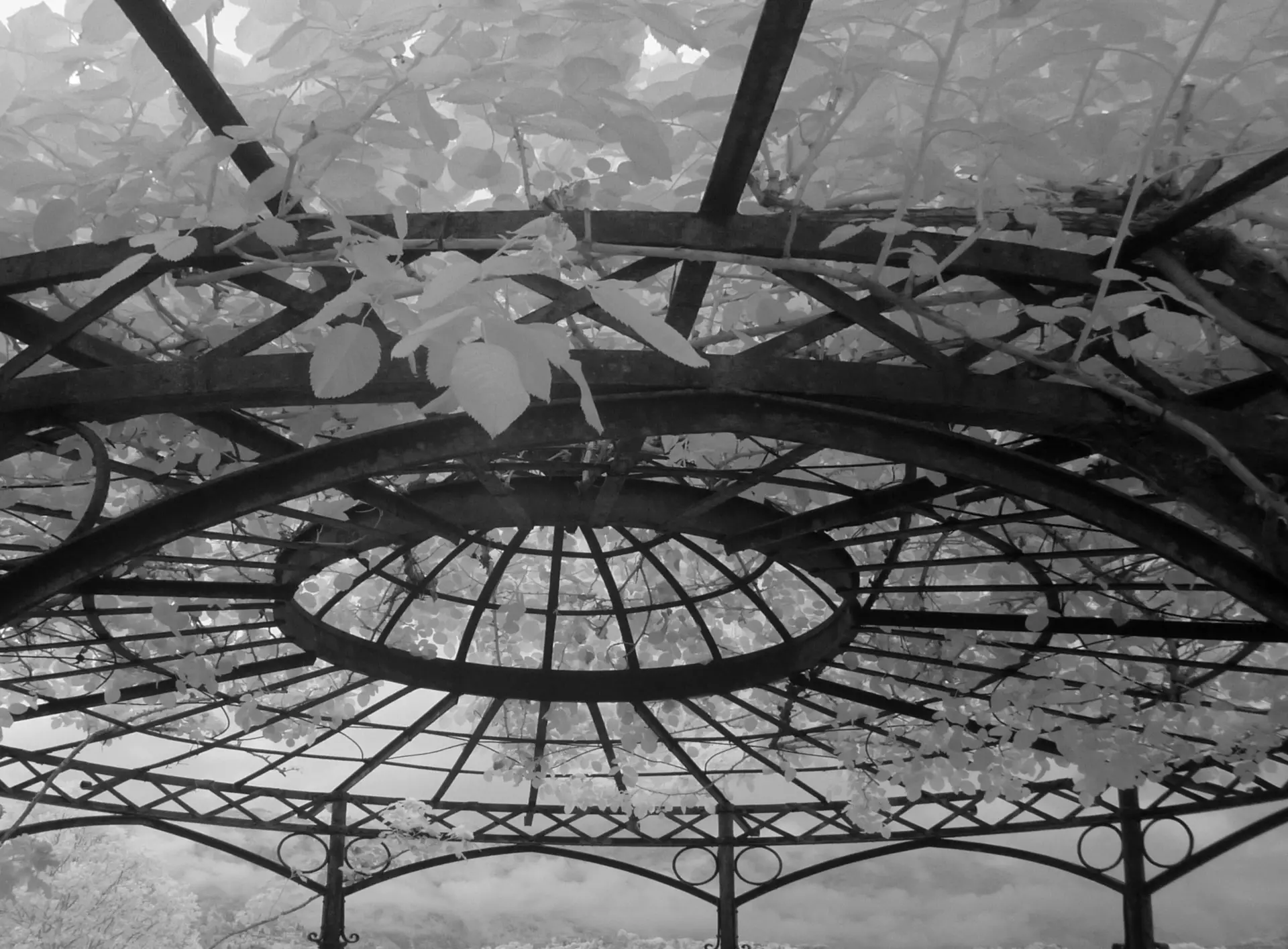
And building reflections (captured from our moving bus):
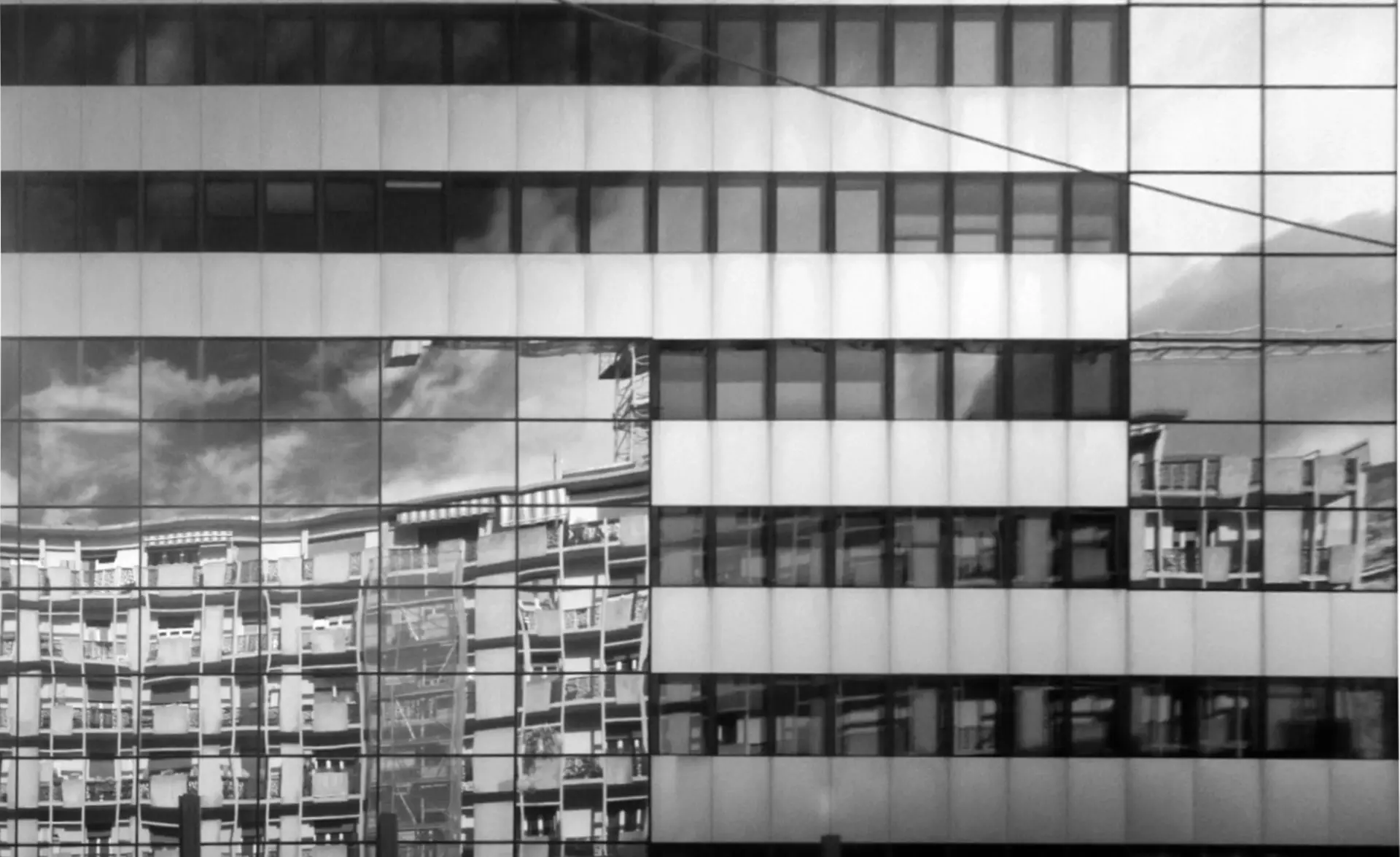
As you see, digital infrared can turn representational travel scenes into moody, noirish abstracts. And future articles will move on to less-representational subjects!
Your Turn Now!
How about sharing your favorite abstract images (shot in visible light or infrared) in articles like this… or even in “One-Shot Stories”? Let’s inspire each other!
–Dave Powell is a Westford, Mass., writer and avid amateur photographer.
Share this post:
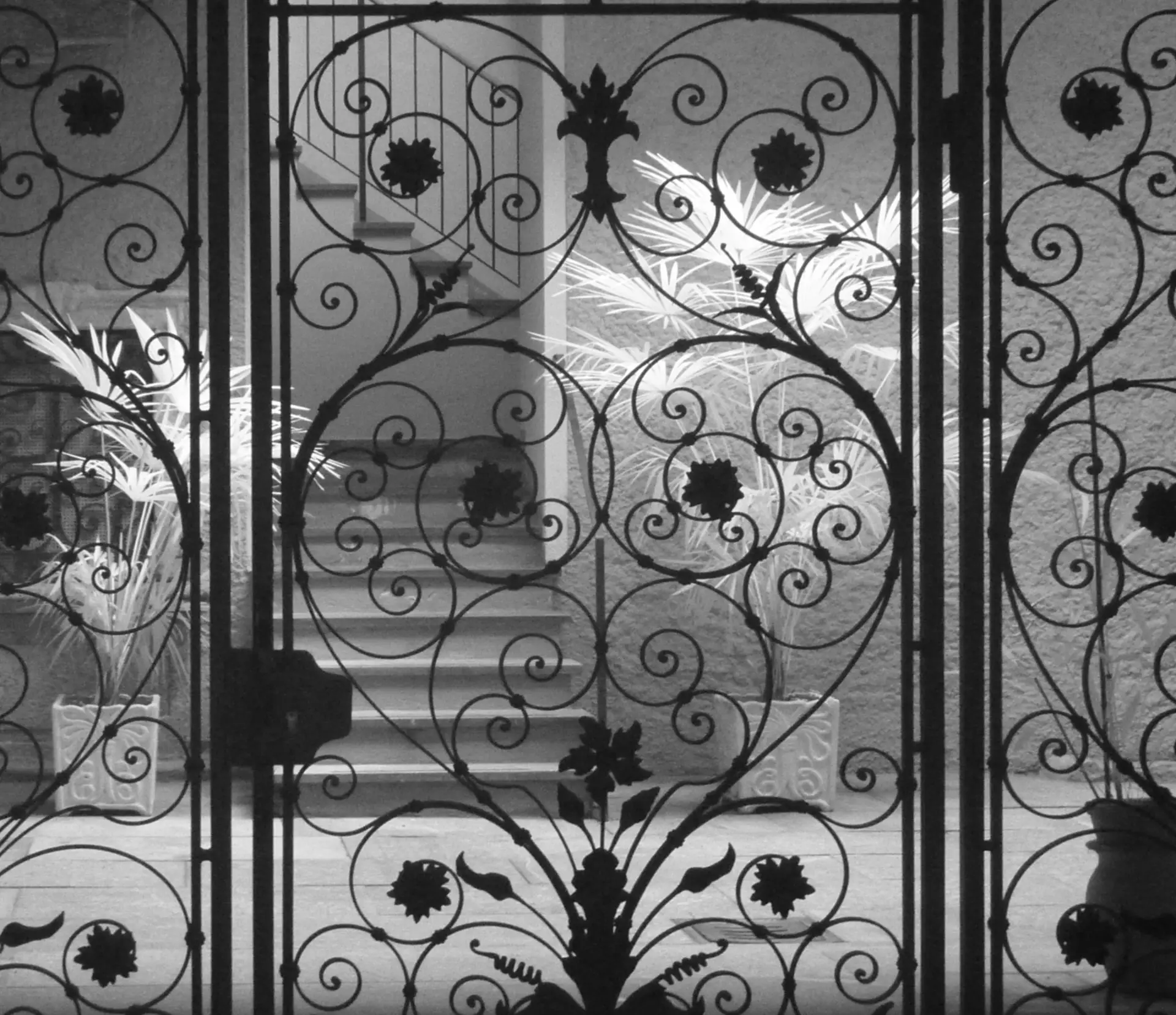








Comments
Aad on Everyday Abstracts – From Italy’s Lake Region
Comment posted: 11/08/2023
Comment posted: 11/08/2023
Comment posted: 11/08/2023
Comment posted: 11/08/2023
mike tynan on Everyday Abstracts – From Italy’s Lake Region
Comment posted: 11/08/2023
Comment posted: 11/08/2023
Ken Hosie on Everyday Abstracts – From Italy’s Lake Region
Comment posted: 11/08/2023
Ken
Comment posted: 11/08/2023
Comment posted: 11/08/2023
Comment posted: 11/08/2023
David Dutchison on Everyday Abstracts – From Italy’s Lake Region
Comment posted: 11/08/2023
Comment posted: 11/08/2023
Geoff Chaplin on Everyday Abstracts – From Italy’s Lake Region
Comment posted: 11/08/2023
Comment posted: 11/08/2023